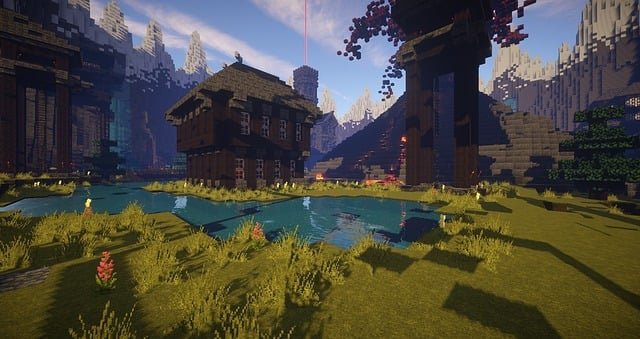A Step-by-Step Guide to Setting Up Your Own Minecraft Server
Minecraft, a sandbox video game loved by millions, offers an immersive experience of building, exploring, and crafting in a blocky world. Hosting your own Minecraft server allows you to create a custom gameplay environment for you and your friends. In this blog post, we’ll walk you through the process of setting up a Minecraft server from scratch.
Step 1: System Requirements and Preparations
Before you start, ensure that your hardware meets the minimum system requirements for running a Minecraft server. You’ll need a computer with decent processing power, RAM, and a reliable internet connection.

Step 2: Choose Your Server Software
There are two popular Minecraft server software options: Bukkit and Spigot. Spigot is the most widely used due to its better performance and extensive plugin support. To get started, download the latest version of Spigot from their official website.
Step 3: Install Java
Minecraft servers run on Java, so you’ll need to install the latest version of Java on your computer. Visit the Oracle Java website or adopt OpenJDK for a more open-source approach.
Step 4: Port Forwarding
To allow external connections to your server, you’ll need to configure port forwarding on your router. Log in to your router’s settings and forward the default Minecraft server port (25565) to your server’s internal IP address.

Step 5: Server Configuration
Now it’s time to configure your server settings. Open the Spigot jar file with Java to generate the server files. A “eula.txt” file will be created; change “eula=false” to “eula=true” to accept the End User License Agreement.
Step 6: Plugins and Mods
Customize your Minecraft experience by installing plugins and mods. Popular plugins like EssentialsX, WorldEdit, and Vault can enhance your server’s functionality. Make sure to only use reliable and updated plugins to avoid compatibility issues.
Step 7: Test Your Server Locally
Before opening your server to the public, test it locally by connecting to “localhost” in your Minecraft client. This will help you identify and fix any potential issues.
Step 8: Choose a Hosting Solution
If you want your server to be available 24/7 without relying on your home computer, consider using a hosting service. There are various Minecraft server hosting providers that offer affordable plans with different resource allocations.

Step 9: Configure Server Files on Hosting Service
If you choose to use a hosting service, you’ll need to upload your server files, including plugins and worlds, to their platform. Follow their instructions to configure the server settings.
Step 10: Invite Your Friends and Start Playing
With everything set up and configured, invite your friends to join your server. Share the server IP address and port number, and you’re all set to embark on epic adventures together.
Conclusion:
Setting up a Minecraft server might seem daunting at first, but with this comprehensive guide, you’ll be able to create a unique gaming experience for you and your friends. Whether you’re exploring vast landscapes, battling fearsome monsters, or constructing impressive structures, hosting your own server adds an extra layer of excitement to your Minecraft journey. Get ready to immerse yourself in a world of endless possibilities and unleash your creativity! Happy crafting!
